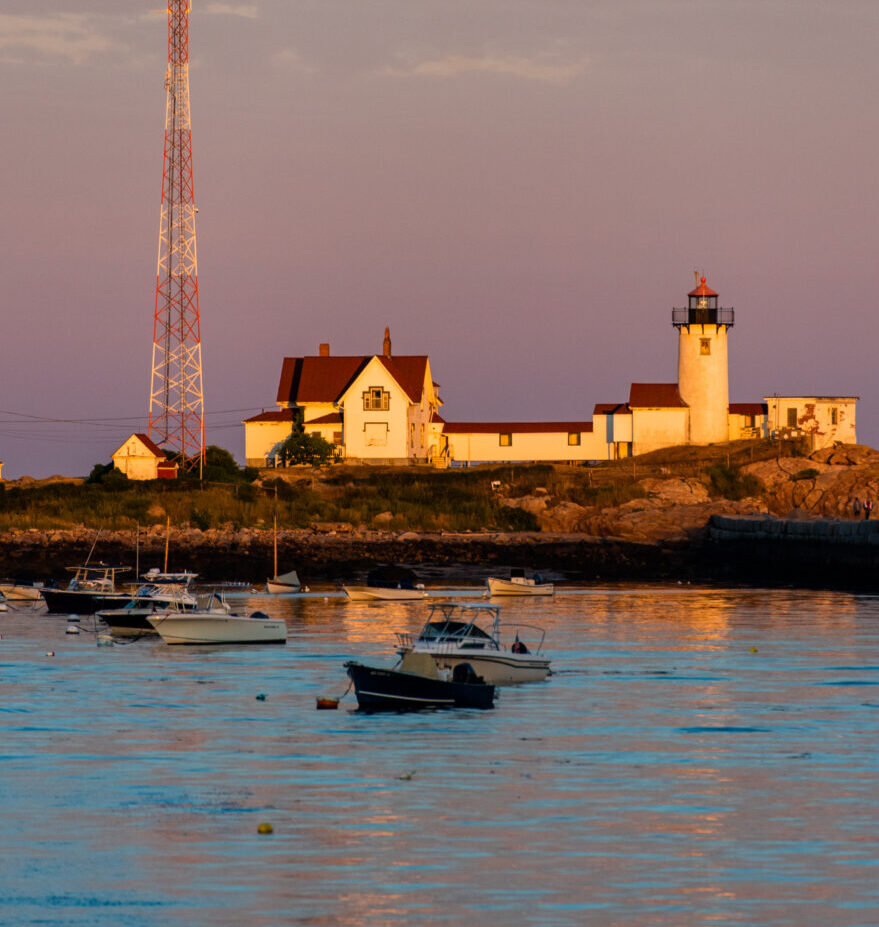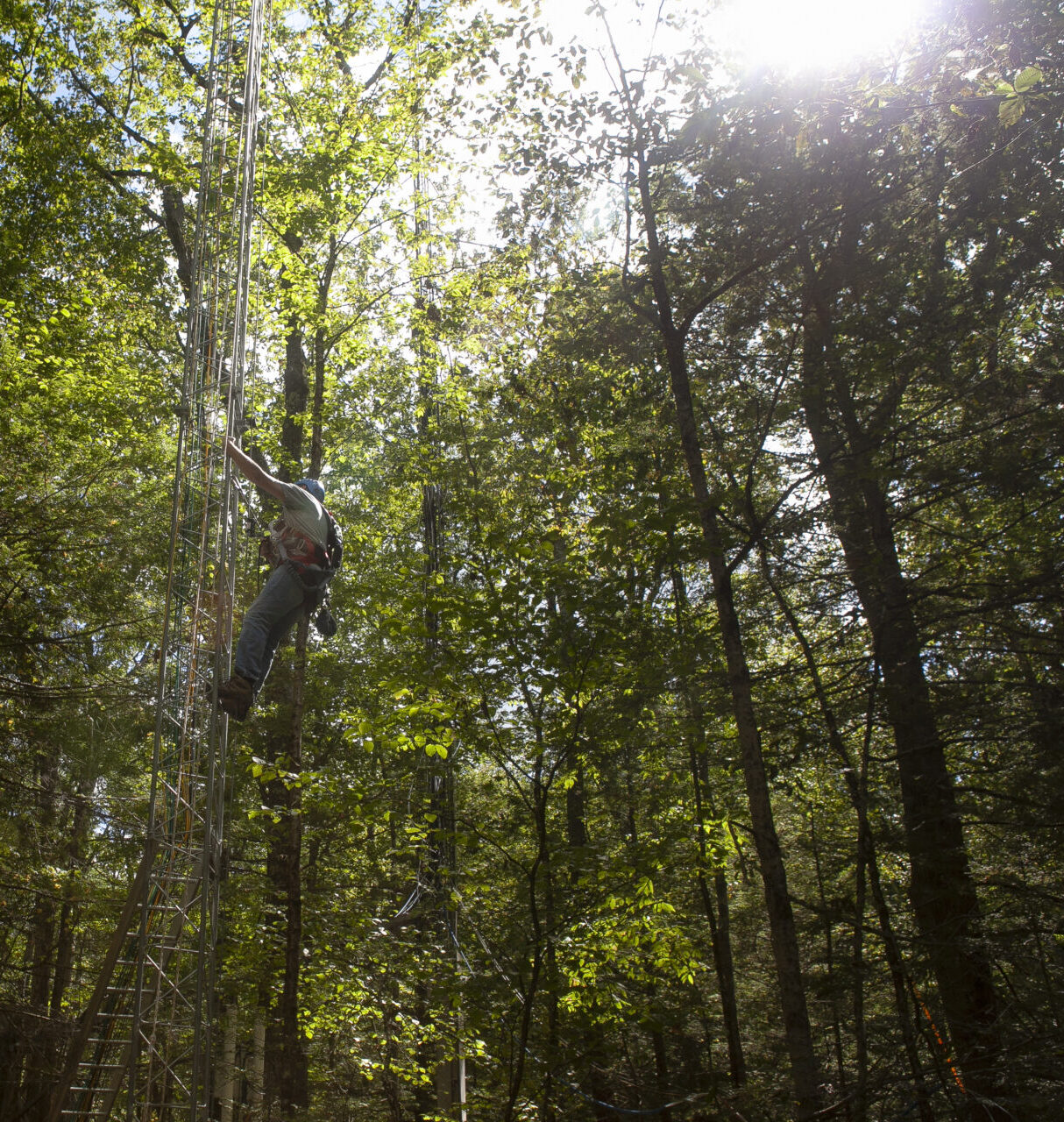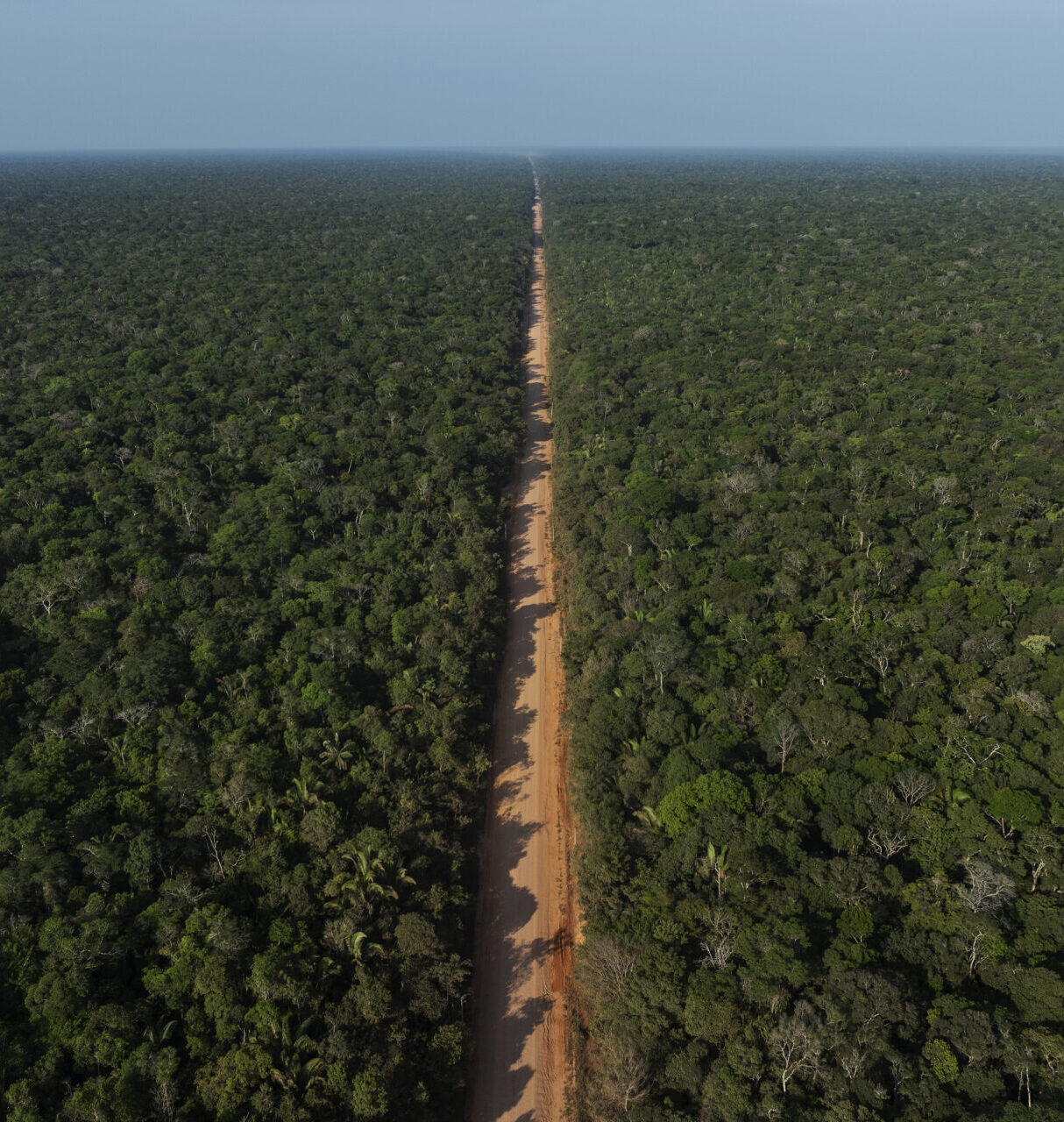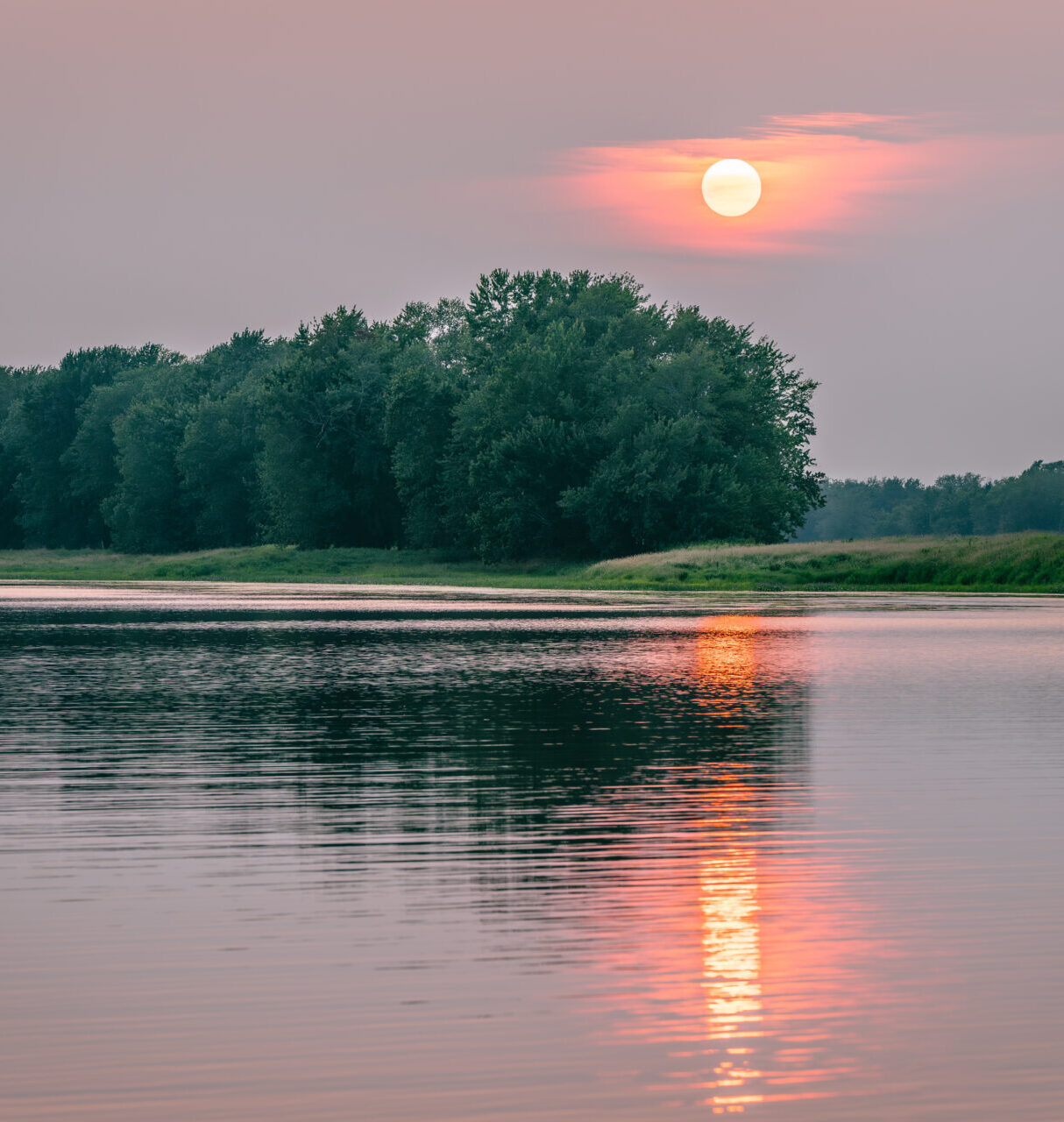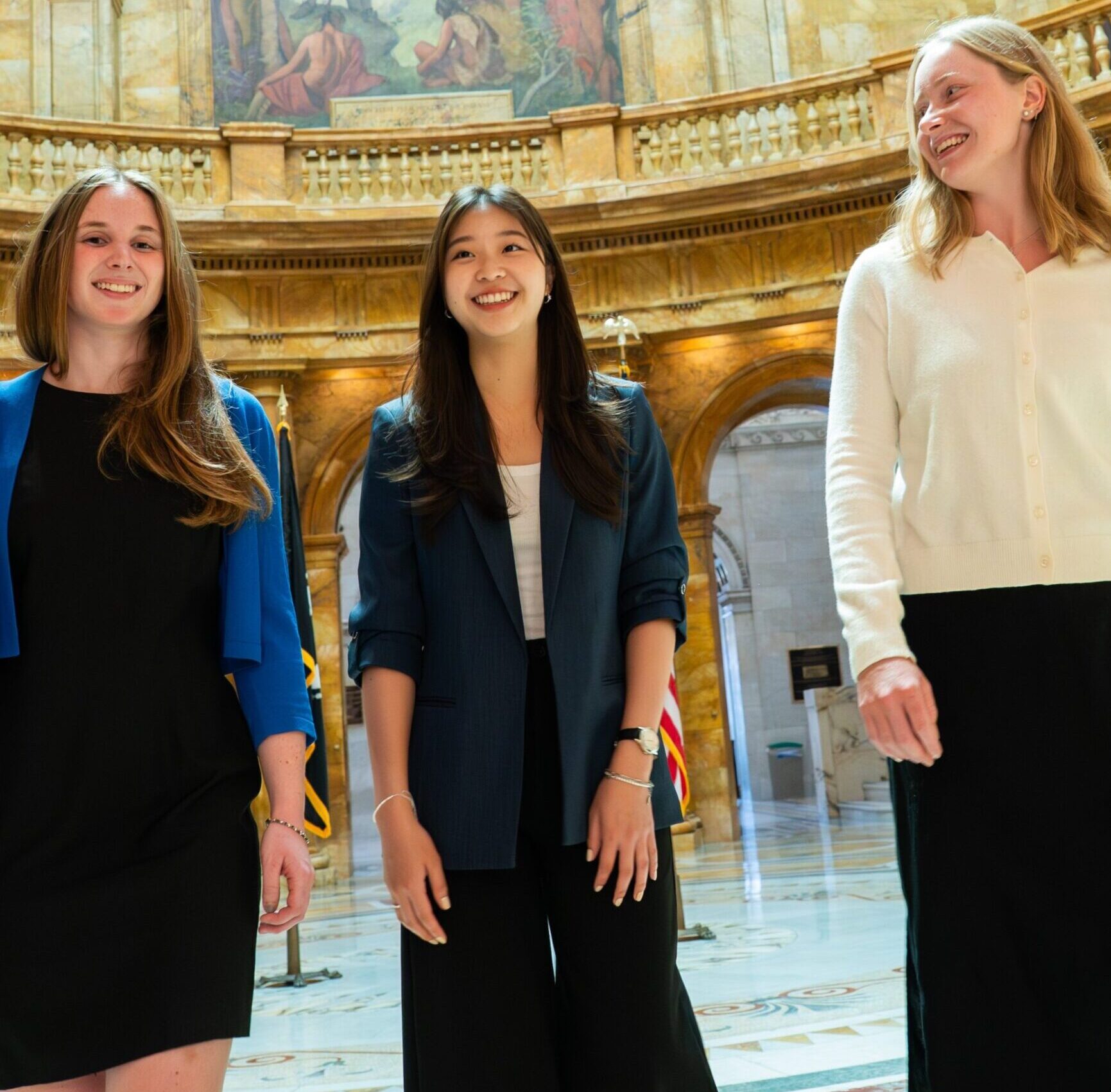Inside the Clean Energy Transition: "The Future is Very Bright and Every Day is a Freaking Crisis."
With billions of dollars in funding for renewable energy, the Biden administration has taken unprecedented steps to address the climate crisis. But sobering challenges threaten to prevent the United States from reaching its net-zero emissions target of 2050, said Jason Grumet, the head of the American Clean Power Association (ACP), during an October 23 talk at Harvard Kennedy School.
First, some good news: Nothing can slam the brakes on the energy transition.
Though passed by Democrats on a party-line vote, the 2022 Inflation Reduction Act (IRA) – the largest climate investment in American history – is winning support across the country, according to Grumet: “Our estimate is that 80 percent of the announced investment since the IRA was passed is going into districts currently run by congressional Republicans. The deployment of the IRA is going to anchor a tremendous amount of political support in conservative parts of the country,” he said.
Yet Grumet, whose trade organization represents over 800 companies, has a unique perspective into some of the obstacles dulling the IRA’s impact, calling his talk before a packed room of Harvard faculty and students: “The Future is Very Bright and Every Day is a Freaking Crisis.”
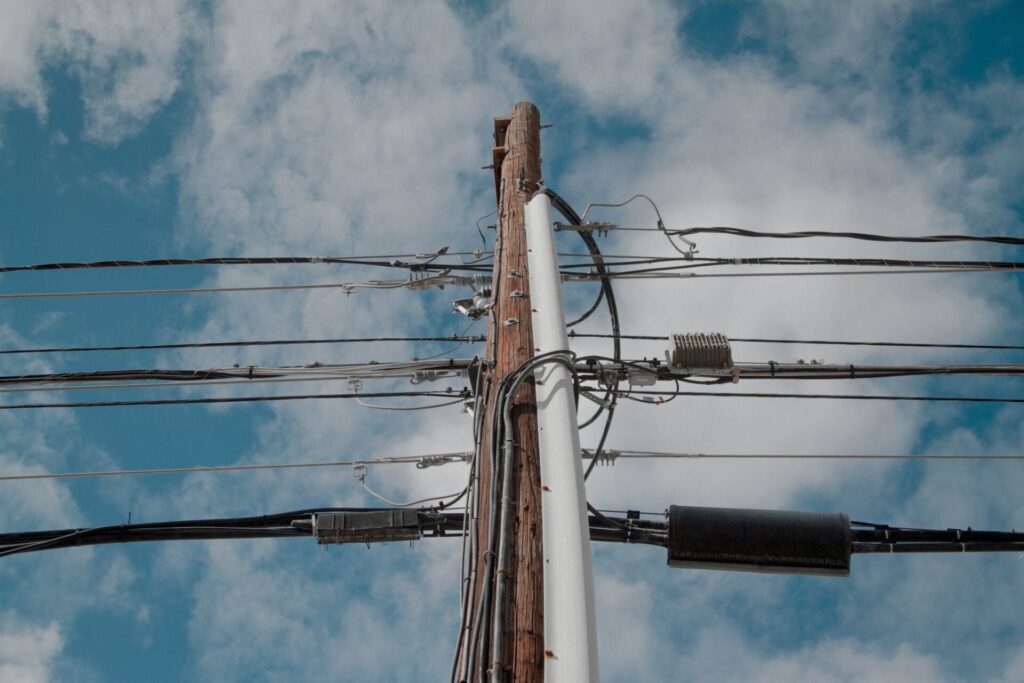
Consider permitting. The U.S. needs about 200,000 miles of new high-voltage transmission lines by the mid-2030s to stay on track with the clean energy transition, the ACP estimates. Over the last decade, the country has built just 1,800 miles. Case in point: It took the federal government 17 years to approve a line to carry wind-generated electricity from New Mexico to California; construction has only just begun.
The problem is “the architecture of our regulatory system,” said Grumet, who acknowledged tensions around federalism – local officials often have veto power over federally backed projects – and the reality that some people will be hurt by the transition.
“There’s a lot of lying to ourselves that somehow climate is going to be solved through local decision-making,” he said. “We don’t want to grapple with a very, very tough issue: How do we think about the extent to which some communities have been fundamentally antagonized and disadvantaged, which is absolutely true, and the fact that the world is going to boil if we don’t speed things up?”
Another trouble is translating the IRA legislation into guidance, especially around the domestic manufacturing requirements that will allow projects to qualify for federal subsidies; a lack of clarity from Washington is delaying the roll-out of electric vehicles, offshore wind, and other new technologies.
An offshore wind turbine requires a 20,000-ton steel pole. “Guess how many factories exist in the United States of America that can build those,” he asked the audience. “Zero.” Meanwhile, inflation, high interest rates, and supply chain knots have doubled the price of steel. “So, the economics of this industry now are in a very different place than they were five years ago,” said Grumet, whose visit was sponsored by the Belfer Center for Science and International Affairs, the Mossavar-Rahmani Center for Business and Government, and the Salata Institute for Climate and Sustainability.
Perhaps the biggest supply chain conundrum is American dependence on China for the metals vital to clean tech.
“This isn’t good, right? One of the massive benefits of the clean energy transition is that U.S.-based domestic power is not vulnerable to weaponization, like fossil-fuel imports. But if the ability to anchor our economy in a technology depends upon collaboration with what may be an ongoing hostile relationship, that’s a big problem.”
Reshoring the supply chain and catching up with China will take years – and will be further delayed by regulations and environmental activists preventing mining at home: “All these outcomes depend upon critical minerals that we’re not willing to actually mine or process [in the U.S.]. We will probably continue to push a lot [of mining] to other parts of the world with less stringent environmental requirements.”
Grumet closed by noting that the demand for electricity is climbing steadily, succoring investors in renewables. Strong demand is there. But America’s policymakers are struggling to meet the moment, he insisted.
“The real challenge is that the innovation in decision-making is not matching the innovation in technology.”
Harvard faculty specializing in these challenges are working on solutions, said Stephen Ansolabehere, the Frank G. Thompson Professor of Government, who called Grumet’s analysis “spot on.”
“The obstacles to building the necessary infrastructure for our future are political, and the Salata Institute’s Strengthening Communities Research Cluster is actively examining new ways to solve such problems,” Ansolabehere continued. “Rather than top-down approaches, we think that planning and developing the grid needs to take a bottom-up approach. Companies and public utility commissions need to listen to average people and community leaders early in the process. This will slow down the selection of projects, but political scientists have known for a long time that doing so has the potential to build better projects, faster.”


